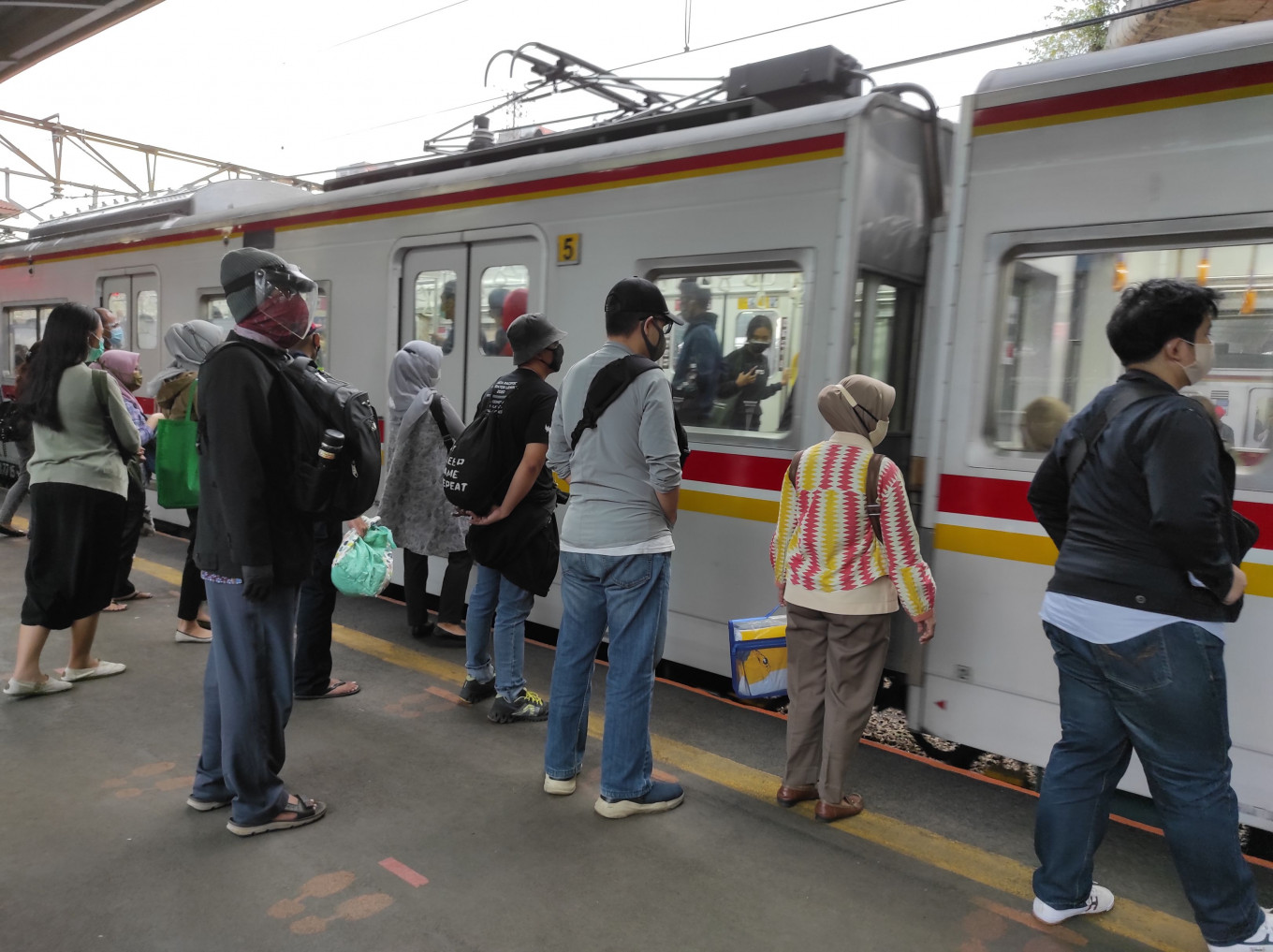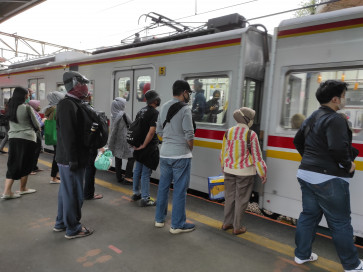Popular Reads
Top Results
Can't find what you're looking for?
View all search resultsPopular Reads
Top Results
Can't find what you're looking for?
View all search results[ANALYSIS] COVID cycle remains a risk for economic recovery
Indonesia still faces critical challenges toward full economic recovery.
Change text size
Gift Premium Articles
to Anyone
S
tatistics Indonesia (BPS) released last week Indonesia’s GDP data. In line with the consensus of most economists, the country’s full year GDP for 2020 had seen a contraction of 2.07 percent. Notwithstanding, the quarterly GDP indicated that the economy was on the path to recovery. GDP in the fourth quarter of 2020 contracted 2.19 percent, relatively better than in the third quarter of the same year when contraction was recorded at 3.49 percent. All other economic indicators point to the recovery.
Although recovery appears to be in sight and the roll out of the vaccine has fueled optimism, the immediate path ahead remains treacherous. Indonesia still faces critical challenges: the public health crisis due to COVID-19, its containment measures and household behaviors. Throughout 2020, we witnessed that the interactions of those factors materialized into a vicious cycle that put pressure on the lives and livelihoods of many Indonesians. Risks of those challenges continue to linger.
The vicious COVID-19 cycle is very obvious as we look over Indonesian household spending and consumption patterns. During 2020, the COVID-19 pandemic has rapidly changed the picture of Indonesian household spending. Research by Mandiri Institute exploiting high frequency data shows that Indonesian household spending has been shaped by three things: large-scale social restrictions measures (PSBB), the fear of COVID-19 infection and risk normalization. As people habituate to the COVID-19 infection risk associated with certain activities, they have a strong tendency to undermine the risk, which in turn contribute to rising COVID-19 transmission.
The vicious setting is perhaps better described by Figure 1. First, increased social restrictions have restrained business from operating normally. This inevitably creates short-term economic pressures on both business owners and households. As restrictions were relaxed, pressures were released, and thus activities suddenly jump to normalcy. Unfortunately, amid the COVID-19 pandemic, resumption was often not followed by strict health safety protocols. This triggered the infection out of control.
People do observe and adjust their behavior amid increased COVID-19 cases, nevertheless. At the beginning, the fear of virus transmission caused individuals to hold back from activities. This clearly pressured spending and made the recovery path seemingly flat.
However, we are by nature social animals. Restrictions tend to trigger a strong will to quit and be free from such situations. Some people might have started to normalize the transmission risk. In most cases, they neglected social distancing protocols and began to behave less responsibly. As transmission quickly became unmanageable, the government reintroduced the containment measures. At the end of the day, we were left with stop-and-go economic activities. The recovery thus was not on the sustainable path.
This cycle was what we saw throughout 2020. This has been a major barrier for spending and consumption to full recovery. Based on high-frequency data, spending pattern shows an up and down around social restriction. This creates W-shaped recovery, although the overall pattern suggests an upward trend.


















